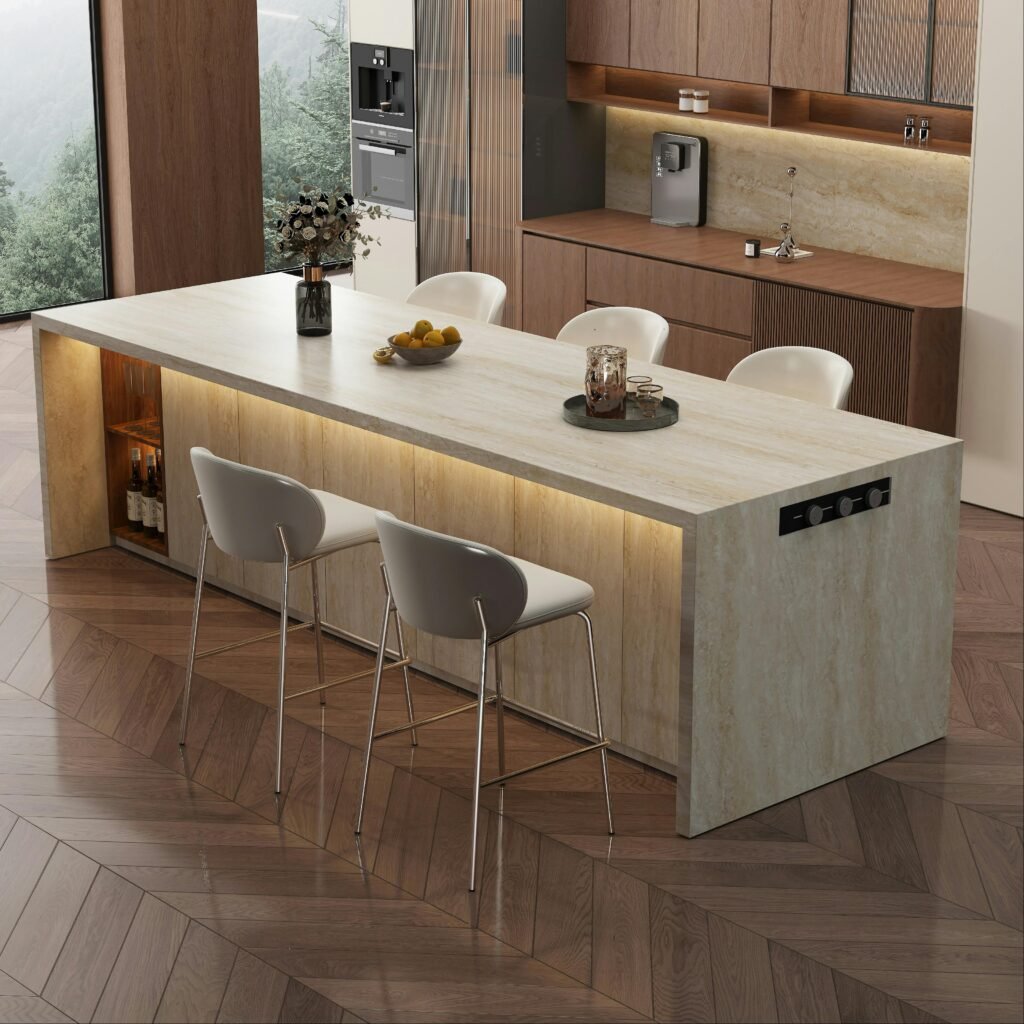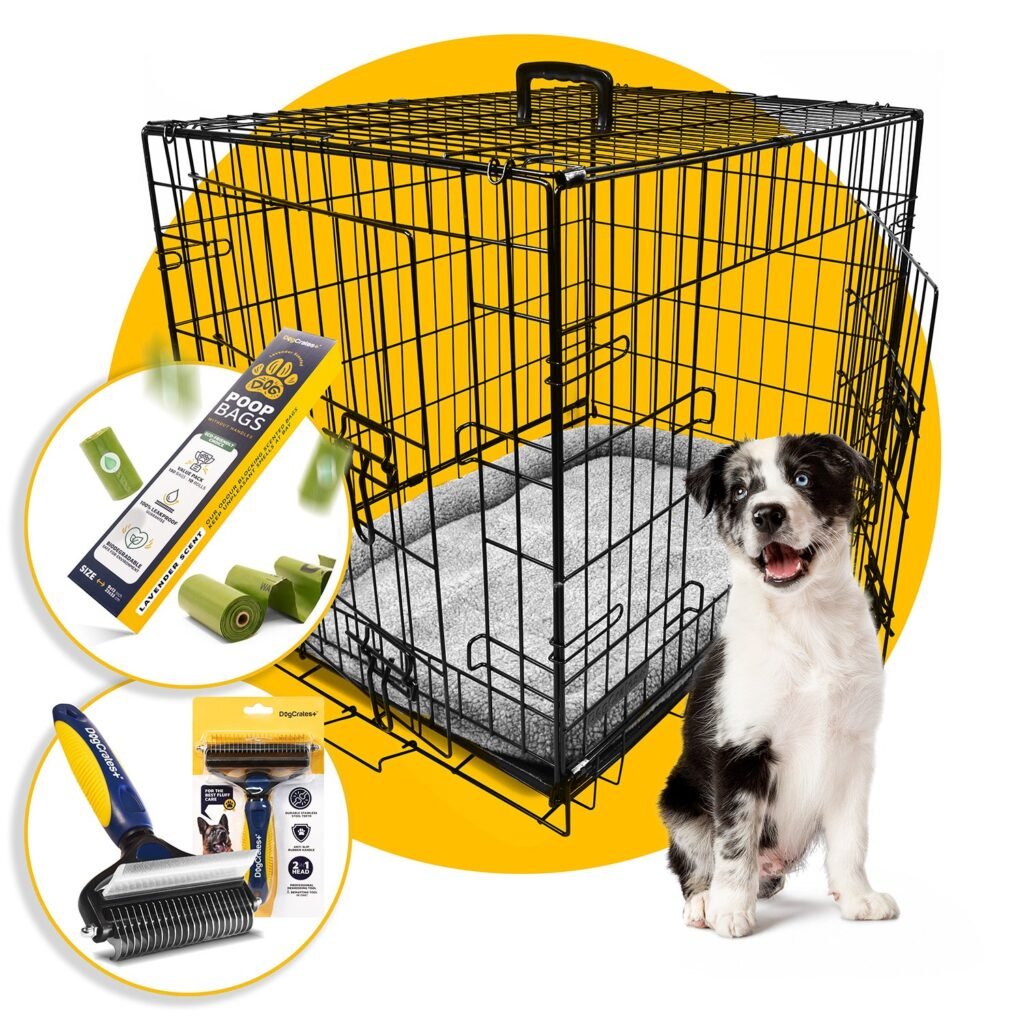Have you ever found yourself wondering why your beloved feline friend insists on using your couch as their personal scratching paradise? You’re not the first to face this furry dilemma, and certainly, you won’t be the last. If you’re like me, you’re probably looking for solutions that’ll keep both your cat happy and your furniture intact. That’s where the magic of a well-chosen cat scratching post comes in. In today’s chat, I’ll be sharing all the advice I’ve gathered over years of navigating the world of cat scratching posts.

This image is property of images.pexels.com.
Why Do Cats Scratch?
Let’s start by understanding why our furry companions scratch in the first place. Cats don’t do it to annoy us; it’s a natural behavior that serves several essential functions. Scratching helps cats remove the dead outer layers from their claws, much like we might exfoliate to keep our skin fresh. It’s also a way for cats to mark their territory using the scent glands in their paws. Ever notice how your cat gives the couch a good scratch just after you’ve vacuumed? They might simply be saying, “This is mine!”
Scratching also offers a great form of exercise, allowing cats to stretch their bodies and flex their paws. So, understanding these needs can help guide us toward the right scratching post.
Choosing the Right Scratching Post
Material Matters
When it comes to scratching posts, one size—or material—does not fit all. Cats tend to be fussy, and personal preferences will vary. Some cats love sisal rope, while others are all about that carpeted feel. My cat, Mittens, for instance, couldn’t get enough of the corrugated cardboard. Let’s break down the common materials:
| Material Type | Description | Ideal For |
|---|---|---|
| Sisal Rope | Durable, provides a satisfying scratch | Most cats, especially those who love resistance |
| Carpeting | Softer feel, similar to home carpets | Cats who enjoy climbing and softer surfaces |
| Corrugated Cardboard | Stackable, disposable, and versatile | Cost-effective and appealing for short-term use |
| Wood | Natural feel, aesthetically pleasing | Cats who prefer outdoor-like textures |
The best material might depend on your cat’s past behavior. Have a close look at what they’re currently scratching and try to mimic that texture or surface with a new post.
Stability and Height
Cats love to stretch out while scratching, so the post has to be tall or long enough to accommodate a full-grown cat’s body length. I learned this lesson the hard way with a toppled, inadequate post that Mittens refused to touch. The ideal post should be sturdy and stable, ensuring it doesn’t wobble or tip over during use. If your cat has ever shown disdain for a new post, this might be why. Test out posts by giving them a little shake; if you’re planning a purchase, some on-the-spot wiggling can save a lot of future grief and sofa tears.
Placement is Key
Even the best scratching post will end up forgotten if it’s in an unpopular area. Cats are like us in that they enjoy doing things where the action is. Placing the post in a social area or near windows where they can gaze outside can increase its appeal. Add a sprinkle of catnip, and you might be surprised at how quickly they leave your poor sofa alone.
DIY Scratching Post Ideas
For those who feel adventurous or crafty, creating a homemade scratching post might be just the ticket. Customizing a post can make it both functional and fun.
Simple Cardboard Scratch Pad
Corrugated cardboard can be transformed into a handy scratch pad. Simply stack several thick strips of cardboard, securing them together with a non-toxic adhesive. Voilà, a scratch pad that cats will adore and won’t break the bank!
Rope-Wrapped Post
A visit to the local hardware store for some thick sisal rope can pay dividends. Wrap the rope tightly around a sturdy wooden post, securing the ends with a strong adhesive. Make sure each loop is pressed firmly against the previous to avoid gaps. Adding a toy on top might turn it into a playful tower, too.
Training Your Cat to Use a Scratching Post
Even the most exquisite scratching post isn’t worth much if your cat doesn’t use it. But fear not, as training your cat to transition to a scratching post is all about patience and positivity.
Encourage and Reward
Cats and positive reinforcement go together like peanut butter and jelly. Gently guide them to the post and when they use it, reward them with a treat or some cuddles. Praise helps reinforce the behavior, letting them know this is a place they’re encouraged to scratch.
Mimic their Actions
Sometimes, demonstrating the behavior you want can be an effective strategy. Use your fingernails to lightly scrape the post while your cat is watching. It sounds silly, yes, but sometimes seeing is believing!
Remove Old Scents
If your cat has a favorite forbidden scratching place, try covering it with foil or a citrus scent—they detest both—and thoroughly clean the area to remove any lingering smells they may be drawn to. This limits the allure of old haunts.

This image is property of images.pexels.com.
When Things Aren’t Working
Reevaluate Placement
If your cat doesn’t warm to the post, revisit its environment and location. Cats are creatures of habit but also love novelty. Rearrange your furniture if needed or move the post to a new, high-traffic area in your home.
Add Variety
Consider that the issue might lie in the type of scratching post rather than its location. Offering multiple styles can cater to their capricious preferences. Mixing materials and configurations can make scratching feel every bit the adventure of scaling Mount Couch.
Involve a Toy
Introduce toys that combine or can be dangled above or around the post to attract your cat’s playful side. They might become engrossed in the activity and incidentally develop a liking for scratching the post during their play.
Benefits of Scratching Posts
Besides saving your furniture, scratching posts play a crucial role in your cat’s well-being. They provide mental and physical exercise, encouraging your kitty to stay active, agile, and entertained.
Stress Relief
Scratching is an instinctual activity that can reduce stress. It offers a means for cats to engage in a behavior that’s relaxing and meditative, helping them work out any pent-up anxiety or energy.
Promotes Healthy Habits
Last but not least, scratching supports nail health, and that’s as beneficial to cats’ well-being as brushing their fur. It prevents over-grown claws that can lead to discomfort or even injury.

This image is property of images.pexels.com.
The Final Scratch
Choosing and encouraging the use of the right scratching post doesn’t have to be a daunting task. By focusing on their preferences and promoting positive usage, both you and your cat can live in harmony. Remember, organization, observation, and experimentation will guide you in making the best choice for your feline companion. With patience and understanding, you’ll become the hero your cat—and your sofa—deserve!





